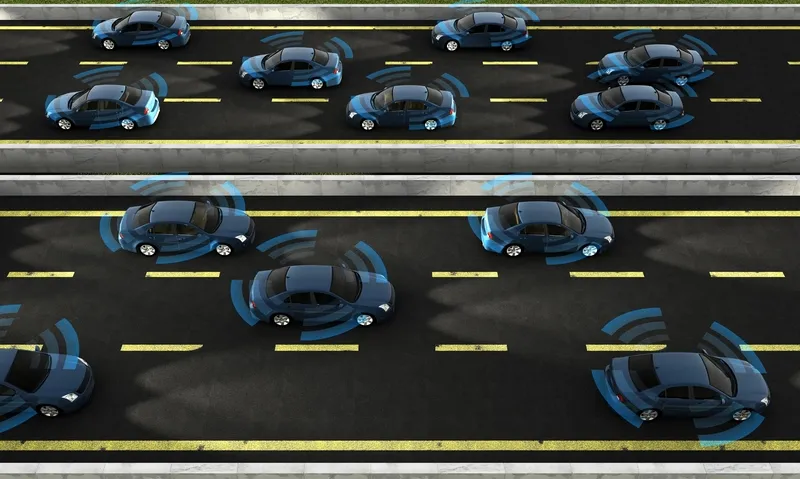Qualcomm Technologies’ 9150 C-V2X chipset, is a cellular, vehicle-to-everything (C-V2X) commercial solution for autonomous driving. Based on the 3rd Generation Partnership Project (3GPP) Release 14 specifications for PC5-based direct communications, it is anticipated to be available for commercial sampling in the second half of 2018.
October 23, 2017
Read time: 1 min

C-V2X direct communication is designed to support active safety and enhance situational awareness by detecting and exchanging information using low latency transmission in the 5.9 GHz ITS band for vehicle-to-vehicle (V2V), vehicle-to-infrastructure (V2I) and vehicle-to-pedestrian (V2P) applications. Furthermore, it does so without the need for a subscriber identity module (SIM), cellular subscription or network assistance.
It utilises the 4G and emerging 5G wireless networks for vehicle-to-network (V2N) and operates in the licensed operator spectrum to support telematics, connected infotainment and a growing variety of advanced informational safety use cases.









